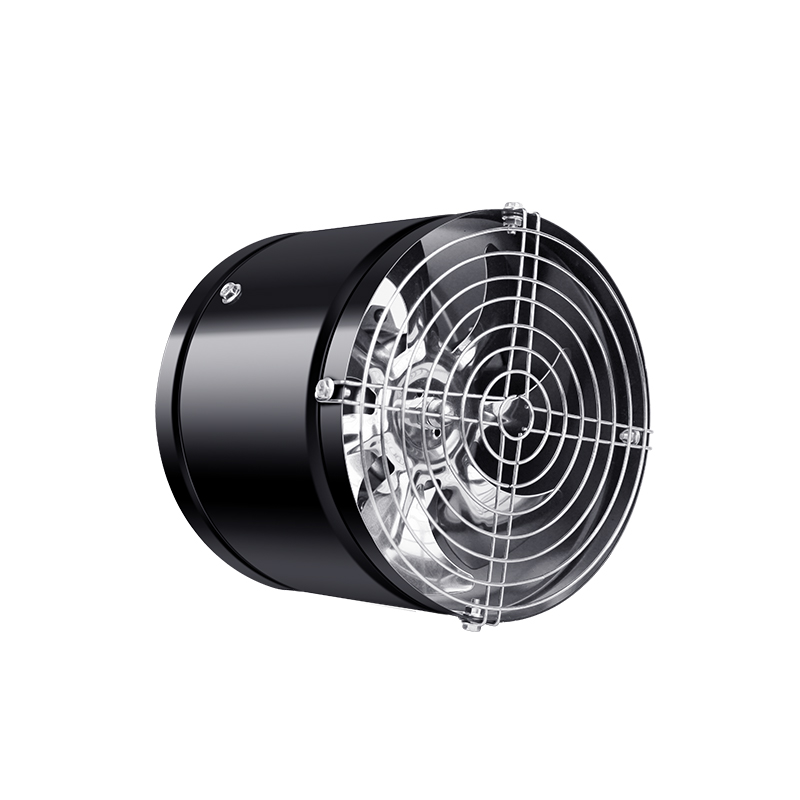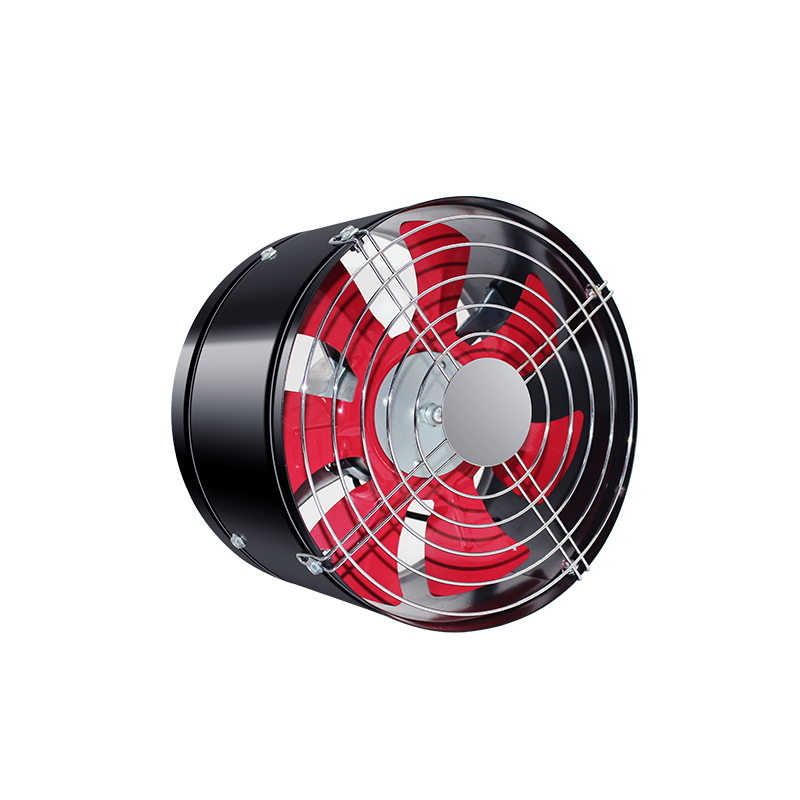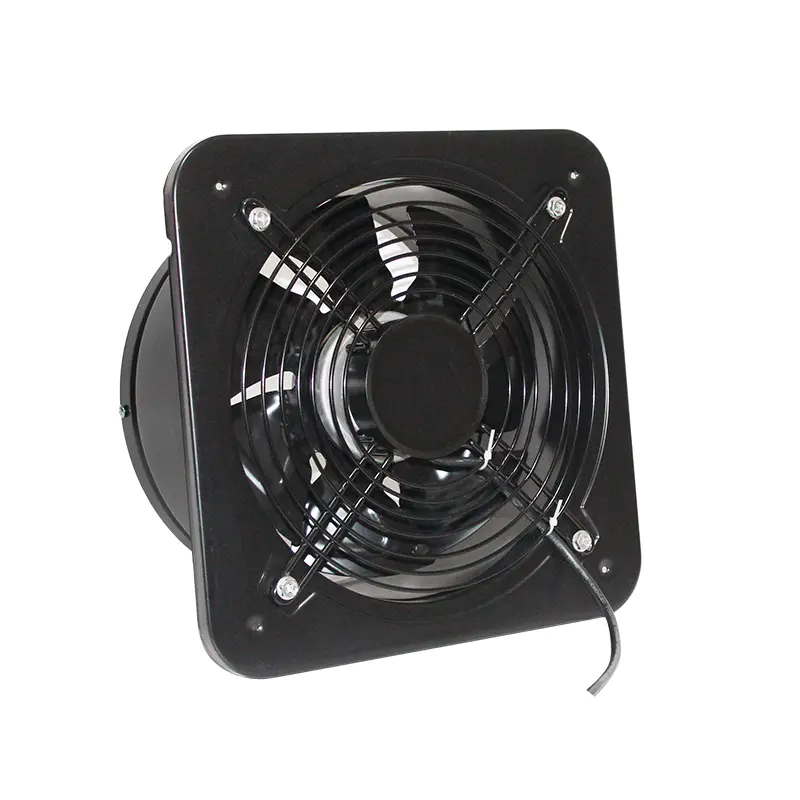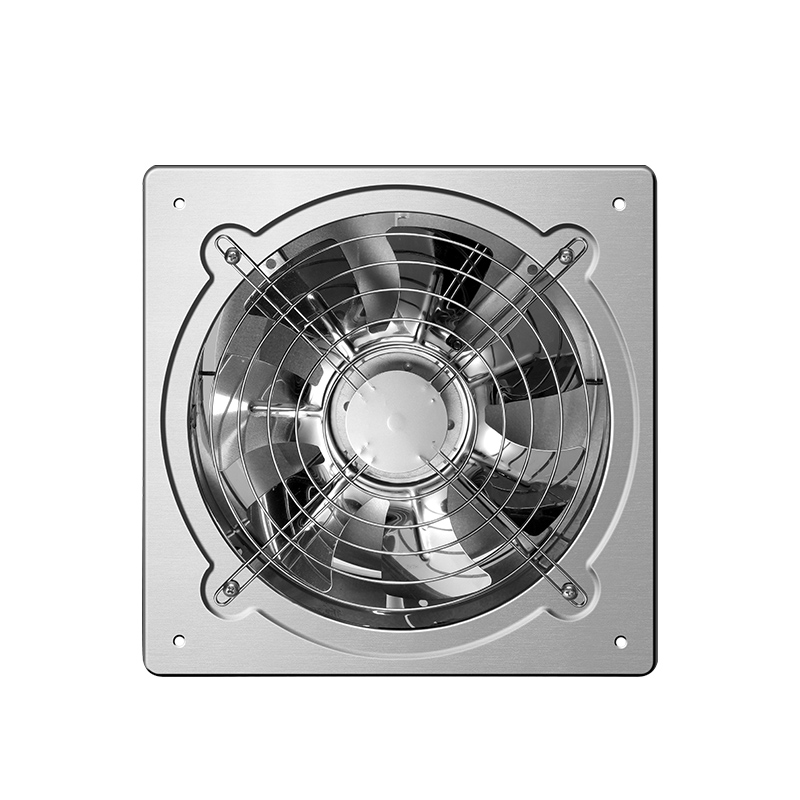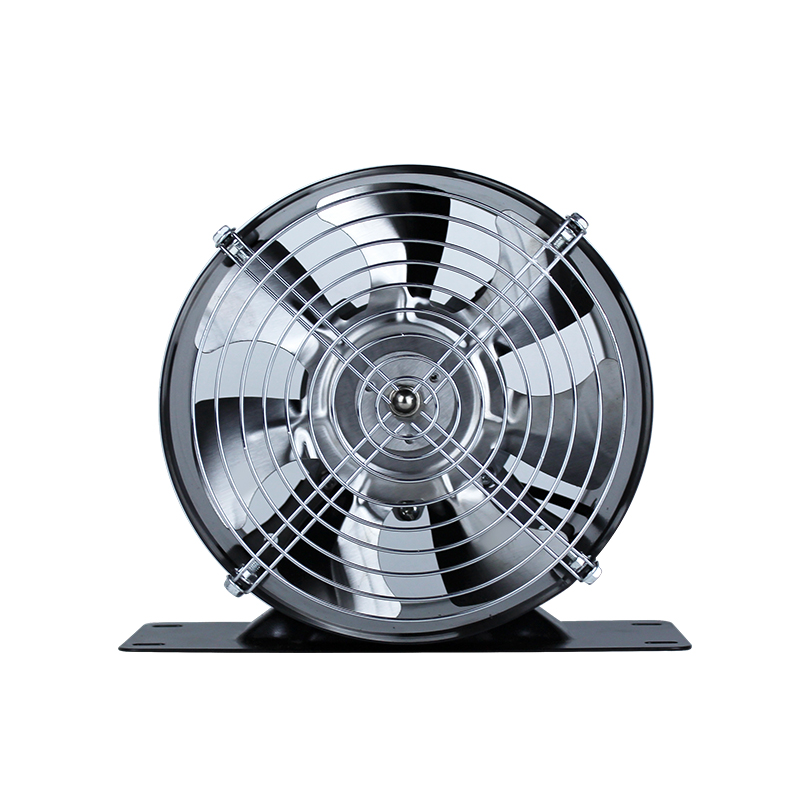News
Axial Flow Fan Design Analysis: Structure, Performance, and Application Scenarios
- 1 Structural Components of Axial Flow Fans
- 2 Performance Characteristics of Axial Flow Fans
- 3 Applications of Axial Flow Fans
- 4 Advantages and Limitations of Axial Flow Fans
- 5
- 6 Maintenance and Longevity of Axial Flow Fans
- 7 FAQ
- 7.1 What is the primary function of an axial flow fan?
- 7.2 How does an axial flow fan differ from a centrifugal fan?
- 7.3 In what industries are axial flow fans commonly used?
- 7.4 What factors should be considered when selecting an axial flow fan?
- 7.5 How can the efficiency of an axial flow fan be maintained?
Axial Flow Ventilation Fans are pivotal components in modern ventilation systems, renowned for their efficiency in moving large volumes of air with relatively low energy consumption. Understanding their design, performance characteristics, and diverse applications is essential for selecting the appropriate fan for specific needs.
Structural Components of Axial Flow Fans
The design of axial flow fans is integral to their performance. Proper selection of components ensures efficiency, stability, and longevity of the fan system.
- Impeller: The rotating part that moves air through the fan.
- Motor: Drives the impeller's rotation.
- Housing: Encloses the fan components and directs airflow.
- Bearings: Support the rotating shaft and reduce friction.
Performance Characteristics of Axial Flow Fans
Axial Flow Ventilation Fans are characterized by specific performance attributes that make them suitable for various industrial and commercial applications.
- High Airflow Capacity: Ideal for applications requiring the movement of large air volumes.
- Low to Moderate Pressure Generation: Suitable for systems with minimal resistance.
- Energy Efficiency: Designed to operate with minimal energy consumption.
Applications of Axial Flow Fans
Axial flow fans are widely applied in industrial, commercial, and agricultural settings due to their efficiency and versatility.
- Industrial Ventilation: Ensuring air quality in factories and warehouses.
- HVAC Systems: Circulating air in heating, ventilation, and air conditioning systems.
- Cooling Systems: Dissipating heat in electronic equipment and machinery.
- Agricultural Applications: Ventilating livestock barns and greenhouses.
Advantages and Limitations of Axial Flow Fans
Understanding the benefits and drawbacks of axial flow fans helps optimize their use in various applications.
| Advantages | Limitations |
| High airflow capacity | Limited pressure generation |
| Energy efficient | Performance affected by obstructions |
| Compact design | Noise levels can be higher |
Maintenance and Longevity of Axial Flow Fans
Proper maintenance ensures the long-term efficiency and lifespan of Axial Flow Ventilation Fans. Regular inspections and servicing prevent unexpected failures.
- Regular Inspection: Checking for wear and tear on components.
- Cleaning: Removing dust and debris from blades and housing.
- Lubrication: Ensuring bearings are properly lubricated to reduce friction.
FAQ
What is the primary function of an axial flow fan?
An axial flow fan primarily moves air or gases along the axis of rotation, providing effective ventilation and cooling in industrial, commercial, and agricultural applications.
How does an axial flow fan differ from a centrifugal fan?
Unlike centrifugal fans, which move air perpendicular to the rotation axis, axial flow fans move air parallel to the axis. This results in higher airflow volumes with lower pressure generation, suitable for low-resistance systems.
In what industries are axial flow fans commonly used?
Axial Flow Ventilation Fans are used extensively in manufacturing, HVAC systems, agriculture, and electronics cooling, ensuring proper airflow, temperature control, and air quality.
What factors should be considered when selecting an axial flow fan?
Key factors include airflow requirements, pressure conditions, energy efficiency, environmental conditions, and application type. Choosing the right axial flow fan ensures optimal performance and energy savings.
How can the efficiency of an axial flow fan be maintained?
Maintaining efficiency requires routine cleaning, lubrication, and inspection of axial flow fans. Timely replacement of worn components ensures long-term reliable operation.


 English
English 中文简体
中文简体
